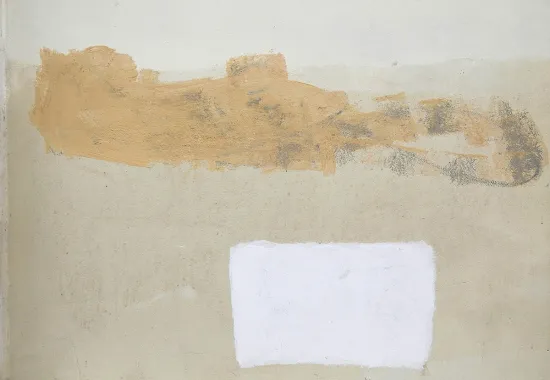Living Paper
How can a paper napkin turn into a poem?
Easy. But hard. Link it with a loved person and fire. Flame is the link in my poem "To a Great-Grandmother Who Loves Fire." Human beings have long been fascinated and ignited by it. Think of fire warming the hearth, or cut-down trees burning into smoke and flying up a stone chimney into cloud. The lady in my poem had the lively curiosity of a female Prometheus, the good blood of a lively red-seeded pomegranate, and a spirit that struck a match in the dark.
The poem itself began this way: On a cloudy day my husband and I stopped at a turnpike restaurant on the road to a family farewell for a woman who had ignited us all the one time or another. Feeling loss, I fingered the cafe's cheap paper napkin and began jotting down words and phrases with a ball point pen, hardly knowing what I wrote. I came back to that paper for years, until it became the poem it is.
Who was she? Her name was Erma Benedict, called "BeeBee" by the younger generation. She was an artist. She graduated from Syracuse University on a rare scholarship - as one of the few women to study there before 1900. She excelled as a water colorist and an oil painter of a small town and rural landscapes. Her handmade note cards, favorites for birthday letters, burst into columbine, violets and coral bells, signed with a small, elegant double-B.
For us, her descendants, she was a teller of tales, a listener to children's tales of their own. If she was fine as an artist, she was even greater as a mother, grandmother, and great-grandmother. Her ability to laugh at her own small mistakes taught us humility with a flair. We loved her story of living for a few years in the household of her daughter and famous son-in-law, Pulitzer Prize-winning Robert Ward, composer of the opera based on "The Crucible." She confessed that in her room below his attic studio she expected to hear him effortlessly playing celestial music on his piano above. Instead, she heard trial chords endlessly pounded. Whenever she told this story, we basked in the soft, high music of her laughter at herself for thinking the arts would be easy.
Could this lady kill? Yes, she shot a weasel that was after her productive hens on the family's memorable, but brief, homesteading farm in Wisconsin. Her sons loved to tell this tale that sharpens the poem, and accents her grit and accuracy rather than sport or blood lust. She did what she needed to do, and she did it well.
Such a person does not curl up and die like a burning scrap of paper. She lives.
Elinor Benedict, a Tennesseean, now living a half-year each in Michigan and Florida, writes poetry, short fiction, creative nonfiction and reviews. She has published five chapbooks and two collections of poetry, All That Divides Us (May Swenson Award, Utah State University, 2000) and Late News from the Wilderness Main Street Rag). Elinor is featured in issue 299.1, Winter 2014.
Anthony Tremmaglia is the North American Review‘s featured artist in today’s post. He is an Ottawa-based illustrator, artist, and educator. His clients include WIRED, Scientific American, Smart Money, HOW, and San Francisco Weekly. His art is available at Saatchi Art. Anthony is featured in issue 299.1, Winter 2014, as well.
Recommended
Mercy
Eclipsing
Psychic Numbing






